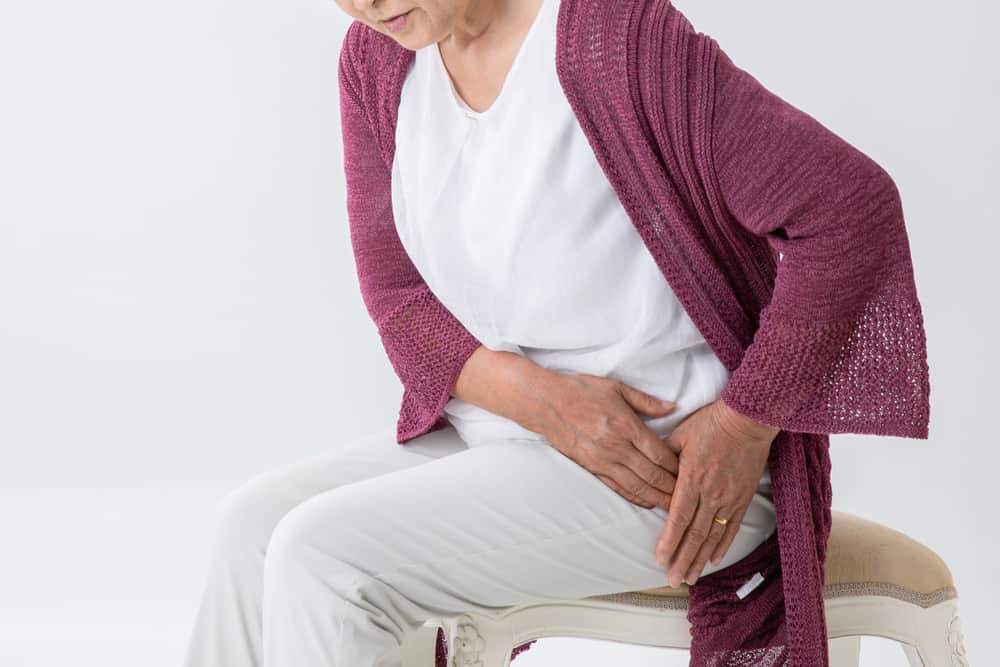You may have heard of osteoporosis, but do you know what it all entails? What does it mean to have it? Let’s first start by saying, osteoporosis is a bone disease that occurs when the body loses too much bone, makes too little bone, or sometimes both. As a result, the bone becomes weak and may even break from a fall or even from a minor bump or sneezing in more severe cases. It means that bones with osteoporosis in them have lost mass or density and contain abnormal tissue structure. Tests can help to confirm any suspicions you may have about osteoporosis.
If you could see a healthy bone under a microscope, you would see that the bone looks like a honeycomb. When osteoporosis occurs, those holes and spaces in the honeycomb are much larger than they appear in a healthy bone. Because of this, osteoporosis gets its name from the meaning “porous bone.” According to the National Osteoporosis Foundation, osteoporosis is the cause of around 8.9 million fractures yearly. Thus, it is crucial to speak with your doctor or healthcare provider about a bone density test if you are 50 or older and have broken a bone. In this article, you will find out what are the symptoms, causes, and treatments.

30. Some of the symptoms of osteoporosis you should look out for.
There are no visible osteoporosis symptoms in the early stages,. Thus, people call it a silent disease. Someone who has this disease may not even realize their bones’ deterioration until a sudden fracture or bone breakage. At that point, their doctors will want to run some tests to find out what the cause of the bone breakage or fracture was from and look into why it happened so easily. Your doctor will probably need a list of other symptoms you may be having to get to the bottom of things.

A couple of other symptoms besides sudden fractures and bone breakage include back pain and height loss due to posture change. Part of posture change would include your upper back curving forward. If you notice any of these things start to happen more frequently, it’s crucial to immediately bring them up with your doctor to get them figured out, and treatment can then be discussed. If you break or fracture a bone by doing something simple, like falling while walking versus falling out of a tree, it’s essential to bring that up to your doctor.
